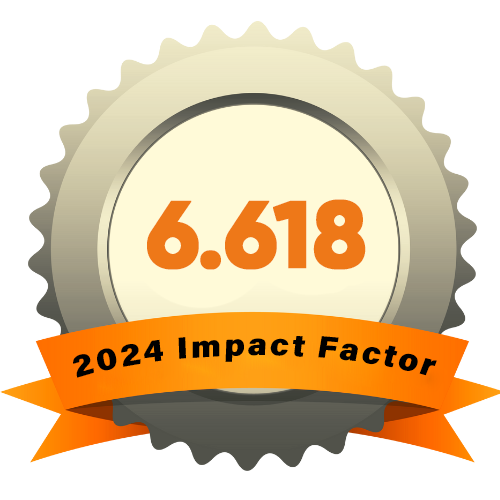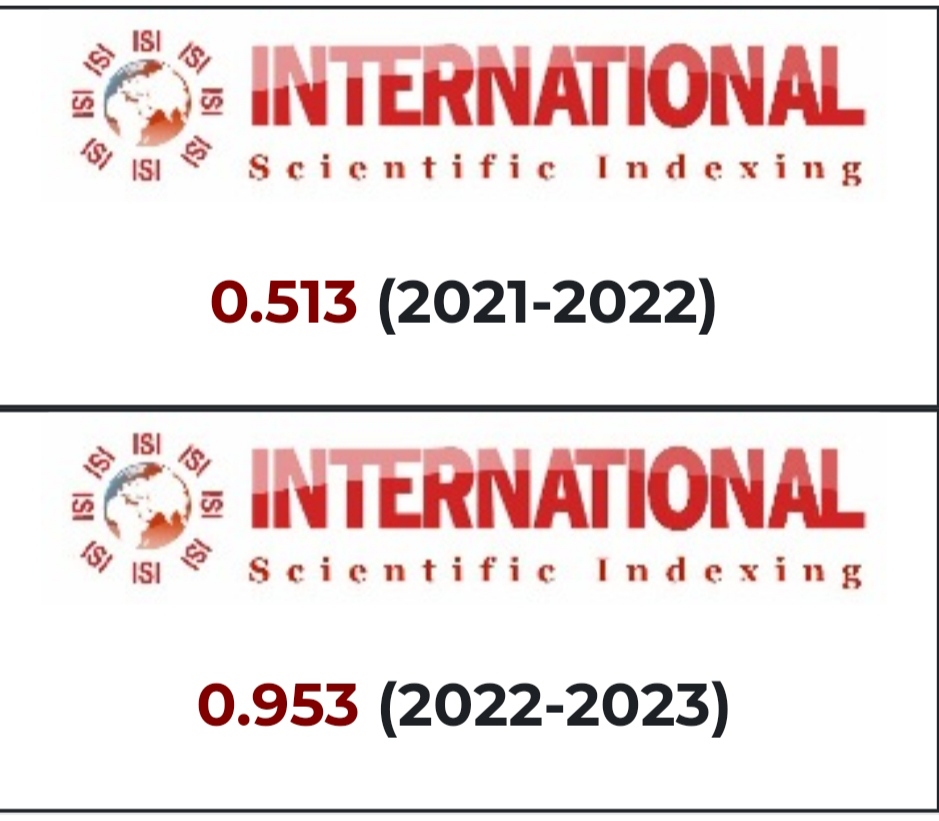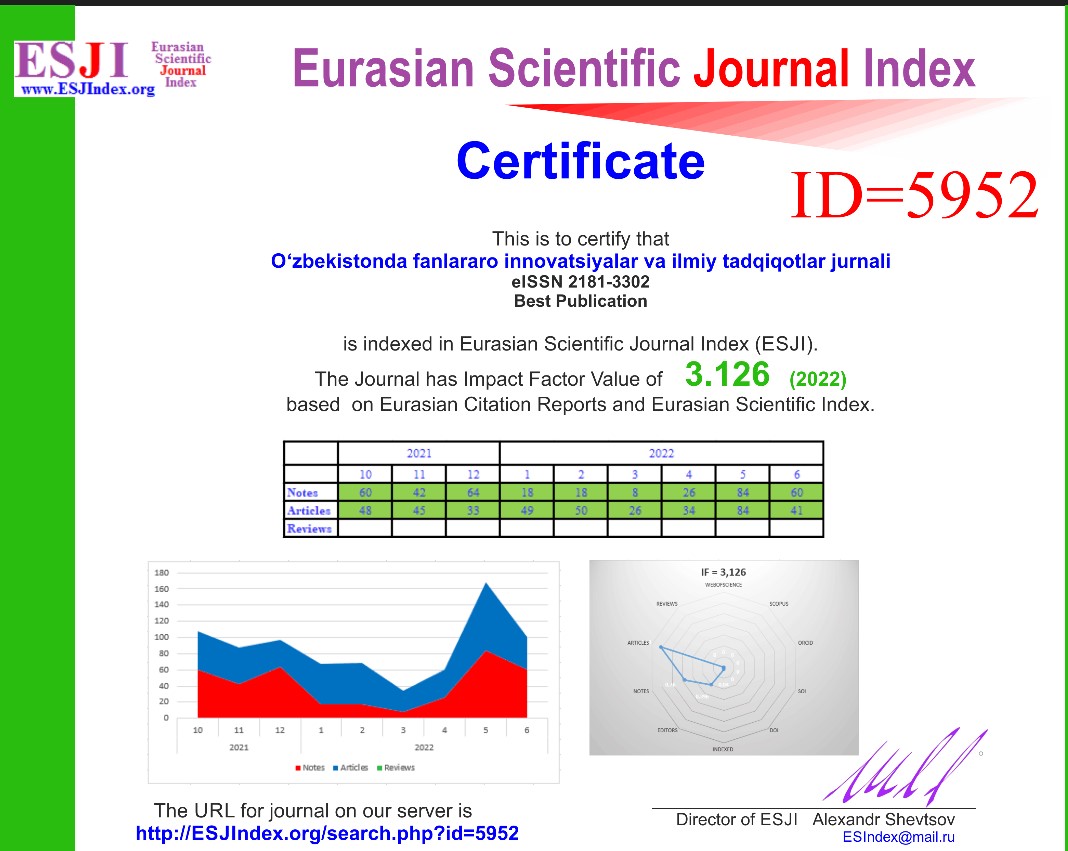ONA TILI VA ADABIYOT DARSLARIDA “AUGMENTED REALITY”DAN FOYDALANISH VA UNING VIZUALLASHTIRISHDA TUTGAN O’RNI
Abstract
Ushbu maqolada o’zbek maktablarida ona tili va adabiyot fanini tashkil etishda turli xil zamonaviy texnologiyalardan foydalanish, xususan Augmented realityni darslarda qo’llash kabi dolzarb masalalarda fikr yuritilgan. Bundan tashqari, bunday texnologiyalarning ham ta’limiy ham boshqa afzallik taraflari keltirib o’tilgan. Tilni o'qitish uchun Augmented reality (AR) dan foydalanadigan ta'lim tadqiqotlarini o'rganadi, mavjud adabiyotlarni rivojlanish tendentsiyalari, foydalari, muammolari va dizayn tamoyillarini olish uchun o'rganadi.
References
AAA (2010). Diagnosis, treatment and management of children and adults with central auditory processing disorder. Clin Pract Guidel , 1–51American Academy of Audiology
Acosta, J. L. B., Navarro, S. M. B., Gesa, R. F., and Kinshuk, K. (2019). Framework for designing motivational augmented reality applications in vocational education and training. Australas. J. Educ. Technol. 35. doi:10.14742/ajet.4182
Akçayır, M., and Akçayır, G. (2017). Advantages and challenges associated with augmented reality for education: a systematic review of the literature. Educ. Res. Rev. 20, 1–11. doi:10.1016/j.edurev.2016.11.002
Alizadeh, M., Mehran, P., Koguchi, I., and Takemura, H. (2017). “Learning by design: Bringing poster carousels to life through augmented reality in a blended English course,” in CALL in a climate of change: adapting to turbulent global conditions–Short papers from EUROCALL (Research-publishing.net), 7–12.
Ashley-Welbeck, A., and Vlachopoulos, D. (2020). Teachers’ perceptions on using augmented reality for language learning in primary years programme (pyp) education. Int. J. Emerg. Technol. Learn. (iJET) 15, 116–135. doi:10.3991/ijet.v15i12.13499
Brown, J. S., Collins, A., and Duguid, P. (1989). Situated cognition and the culture of learning, 18. University of Illinois at Urbana-Champaign, 32–42.
Çelik, F., and Yangın Ersanlı, C. (2022). The use of augmented reality in a gamified clil lesson and students’ achievements and attitudes: a quasi-experimental study. Smart Learn. Environ. 9, 30. doi:10.1186/s40561-022-00211-z
Chang, Y.-S., Chen, C.-N., and Liao, C.-L. (2020). Enhancing English-learning performance through a simulation classroom for efl students using augmented reality—a junior high school case study. Appl. Sci. 10, 7854. doi:10.3390/app10217854
Che Hashim, N., Abd Majid, N. A., Arshad, H., Khalid Obeidy, W., et al. (2018). User satisfaction for an augmented reality application to support productive vocabulary using speech recognition. Adv. Multimedia 2018, 1–10. doi:10.1155/2018/9753979
Chen, R. W., and Chan, K. K. (2019). Using augmented reality flashcards to learn vocabulary in early childhood education. J. Educ. Comput. Res. 57, 1812–1831. doi:10.1177/0735633119854028
Chen, S.-Y., Hung, C.-Y., Chang, Y.-C., Lin, Y.-S., and Lai, Y.-H. (2018). “A study on integrating augmented reality technology and game-based learning model to improve motivation and effectiveness of learning English vocabulary,” in 2018 1st international cognitive cities conference (IC3) (IEEE), 24–27.











